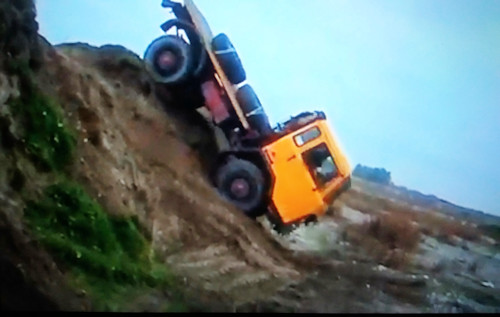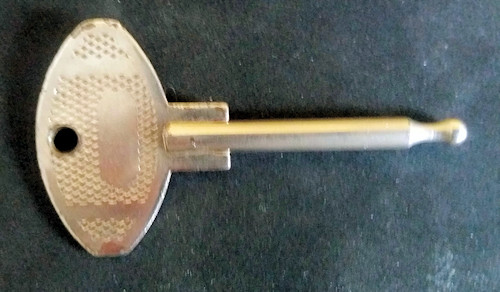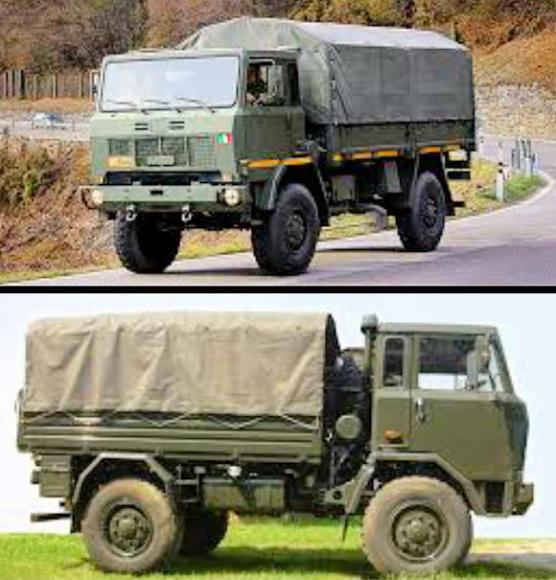We will deal over time with different aspects relating to military vehicles, past and present, but I would like to start if you allow me, with a tribute to a great machine still in service, which all of us who have done the military remember very well. .
I know, many of you may be thinking of the Fiat Ar 76 Campagnola, but we will soon get to that little gem too. Instead, it is the legendary Iveco ACM 80 / A 6613 G, that medium-load truck that gradually “changed over” to the undisputed service of the CM 52.
Perhaps it is good to start by saying that it is easy to get confused: In fact the little brother of the ACM is the ACL 75 (light load truck) an identical vehicle, but with lower dimensions and capacity and right-hand drive in the first examples.
Often, in fact, we are convinced to speak, in their memories, of ACM while it was probably the ACL 75 that, at first sight, is lower especially in front is shorter than a meter in addition to having, the first series, two windshield .
75, 80 and 90, as you can imagine, are the years of production.
Each battalion and department had many ACLs and ACMs in its squares, machines which do not hide to be particularly tied and which, even with closed eyes, were echoed when they passed.
Three brands have been camping on the ACL and ACM mask; the first was Lancia, followed by Fiat and finally by Iveco in the series between 80 and 90.
In fact, in the 1975, Fiat industrial vehicles, Oto Melara OM, Lancia special vehicles, gave life together with the German Magirus and the French Unic to Iveco, Industrial Vehicles Corporation.
We did not use it only in Italy ...
Before going into the technical for the fans, I think it is right to recall the enormous success that this project has enjoyed in all our armed forces and civil entities, but also and above all, in European armies and around the world.
But let's see what lies behind this winning made in Italy project which, as fundamental prerogatives, had to have reliability, versatility, sturdiness and little maintenance.
Let's start from the heart of ACM, the engine:
A diesel engine (still in use) with 6 cylinders of 5.500 cc, subsequently brought to 5.861 for the turbo supercharging modifications, as well as to equip the smaller brother ACL 75/90 with the same performance characteristics; even the initial 160 horses increased over the years to 170.
A choice in favor of the enormous drive torque which, combined with the four-wheel drive that can also be engaged in motion, the lockable rear differential and the center of gravity moved forward, allowed the ACL and ACM to tackle climbs and descents of up to 60%. However, a machine that was not very used due to the operational characteristics it could offer.

A vehicle that with 4 synchronized gears and a primitive, "required" the most experienced drivers, the clever two-handed maneuver in the climbing; here the characteristic rudder of its engine was associated with the engine brake, making the adventure of its driving even more exciting, at least for enthusiasts.
6,4 meters long against the 4,9 of the ACL, the ACMs are vehicles that have transported many groups of soldiers on the benches placed on the body, perhaps to go to the shooting of the department, to the launch of the SRCM or to a field. In addition to the conductor and the chief engineer who had a control hatch just above his head, the ACM thanks to its removable benches could accommodate 16 soldiers in groups of 4 while in the ACL there were 12 in groups of 3.
Among the soldiers transported there was the crate chief - the highest in rank - who ordered, if necessary, the salute of the crate, carried out by beating his feet twice - while seated - on the wooden floor of the vehicle.
The electrical system was moved upwards, to allow it to remain protected by a ford line placed at about 80 centimeters (but in reality it was at least double) and the same optical groups and the war lights were sealed watertight. In case of blown fuses, a 5 lire coin was enough to fit between the two contacts and the problem was solved.
The ACM could also tow a trailer of 4 tons such as generating sets or shelter radio rotated. Interesting are the 2 levers of all-wheel drive and reduced gears, where the latter is deliberately crossed with the first in order to obtain the two effects in one movement.
How the conductors were formed
The coveted department license course, after passing the theoretical phase, provided for "the selection of adaptability, manual skills and predisposition" fundamental military concepts that I still use to some extent in the field of teaching for civil licenses.
But what did that mean? The guides for the C license (vehicles over 3,5 tons) were given with the CM 52, much more rigid and without power steering, but what was most disturbing was the unsynchronized gearbox and half gears. A type of Eaton Fuller weather. The marshals instructors demanded the passage of all gears, both up and down, with a lot (obviously) of a shotgun. Those who exceeded this period had to undergo another period of mileage enhancement, that is, long journeys outside the barracks to master the vehicle.
Perhaps outdated theories, but in my humble opinion very valid and formative. Today, however, the ACM is the "training vehicle" and the ACTLs in service have a convenient automatic gearbox.
ACM / ACL Guide
The driving position even though picking is good, but with the enormous multiplication of the steering box (servo assisted) with the hands in the 9 and 15 fixed positions, does not allow to sufficiently change the trajectory. In fact, it is much more convenient to carry it with a hand at 12 hours so that the rotation of the steering wheel is twice as high as the one with the hands at 9 and 15.

In case of wet, care should be taken. In fact, considering the center of gravity shifted to the front, the reverse is much lighter and over-stroke phenomena are not uncommon, especially if triggered by a gas release. It's also true, however, that ACM resumes immediately without too much effort, allowing speed; However, you have to bend a lot to counteract the multiplied steering wheel.
The military vehicles operating (and therefore not for promiscuous use) had and had for start-up a "battery disconnection" that the most modern possess in the form of an anonymous button master; the older vehicles, on the other hand, such as the ACM, used the “nail” instead of the ignition key.
Chissa how many memories will arouse you "nail" !!!
Its indestructible structure supported by strictly leaf spring suspensions, its tilting cabin for MS specialized maintenance and an engine that rumors of running even with little lubricating oil, have allowed the 6613 G project to have numerous conformations including civilians, perhaps for quarries, safaris or assistance in competitions on the desert dunes, or simply in combination with a housing module instead of the shelter military cataloged 2 UEO.
ACM and ACL sheltered "at home"
The absence of control units and their expensive diagnostic stations allowed the mechanics of the battalions or departments of Maneuver (for this I quote the Autieri friends of the TRAMAT) to carry out all repairs on the vehicles - FFAA - in the barracks and without relying on external workshops. Things, however, as we know, have changed since the 90 years and the presence of new machines with a lot of electronics has overturned the concept of maintenance; That's why many departments are struggling to get rid of the unstoppable ACM 80, which is always ready and operational, never leaving you on foot.
The ACL / ACM engine with all the appropriate updates is still used on some Iveco vehicles, even though nowadays most of them adopt the modern Cursor.
Let's not forget that the Cacciamali, the old department minibus, was equipped with the ACM engine.
Moreover, even today there are on social many enthusiastic groups of this vehicle that in civil matters can surely count on a new life.
Well, I would stop here, though the desire to talk to you is so much; wishing this presentation has aroused your interest I look forward to the next vehicle that will be ...












